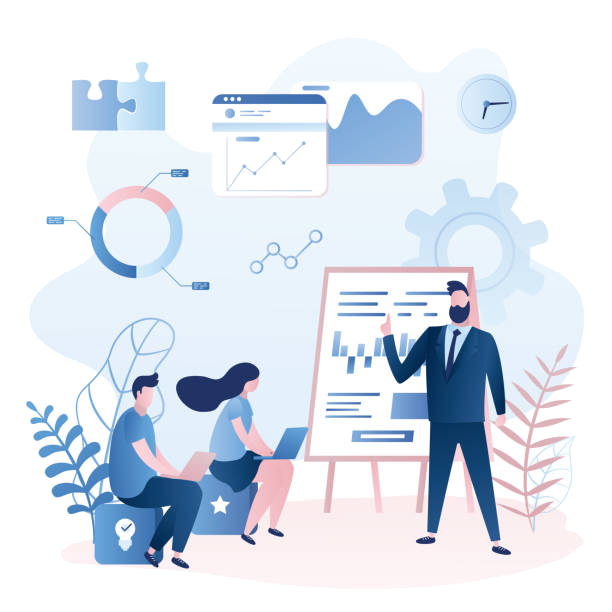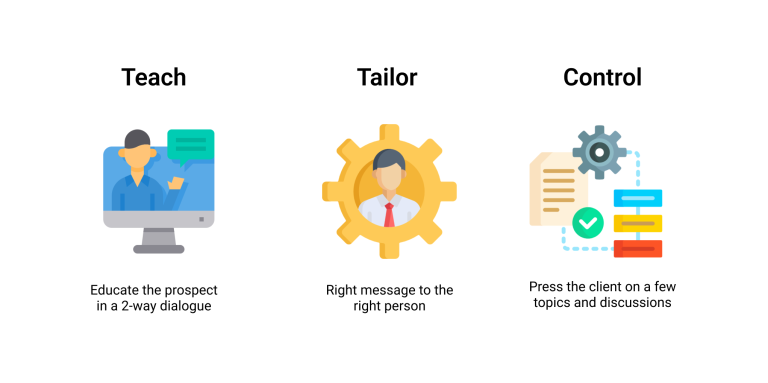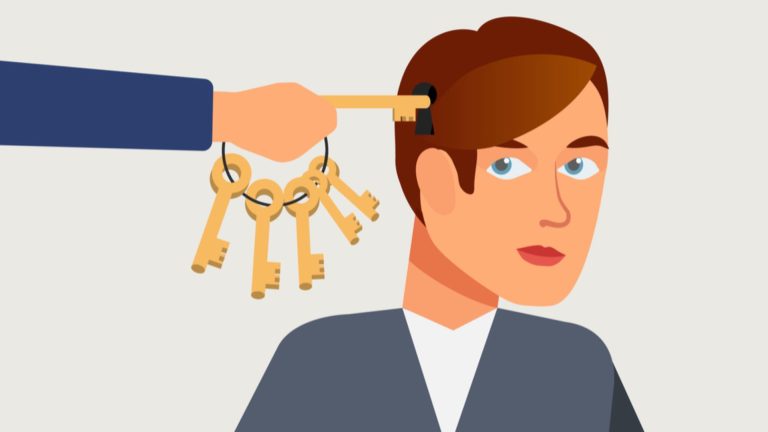Sales Insights For The Years Ahead
These sales insights for the years ahead to 2025 and even beyond will probably shape how sales organizations go about selling. Old sales strategies and sales tactics playbooks will be torn up as rapid innovation is changing how buyers buy. Technology and social media is opening up new ways of accessing information while disruption has engulfed nearly every salesperson. Unfortunately, many organizations have been slow to respond, preferring to rely on traditional sales strategies.
One of the critical sales insights to accept is that B2B buyers are now being influenced in their buying behavior by their own experience as a consumer. Business challenges are often more about change management as the buying group can be inundated with choices and data. Plus, most decisions now have to consider the other business departments and stakeholders. These considerations are shaping the buyers journey alongside how they buy. The B2B buyer no longer just wants to buy products or solutions, they expect a buying experience that will generate value for them across all touch points and interactions.
Sales leaders and salespeople everywhere will need to adopt a digital sales mindset to meet these new buying preferences and succeed at selling. Accepting that digital interactions between buyers and sellers will reshape most traditional sales models. Companies that will succeed to this new reality will sell to their buyers everywhere they expect to find them, engage with them, and interact with them.
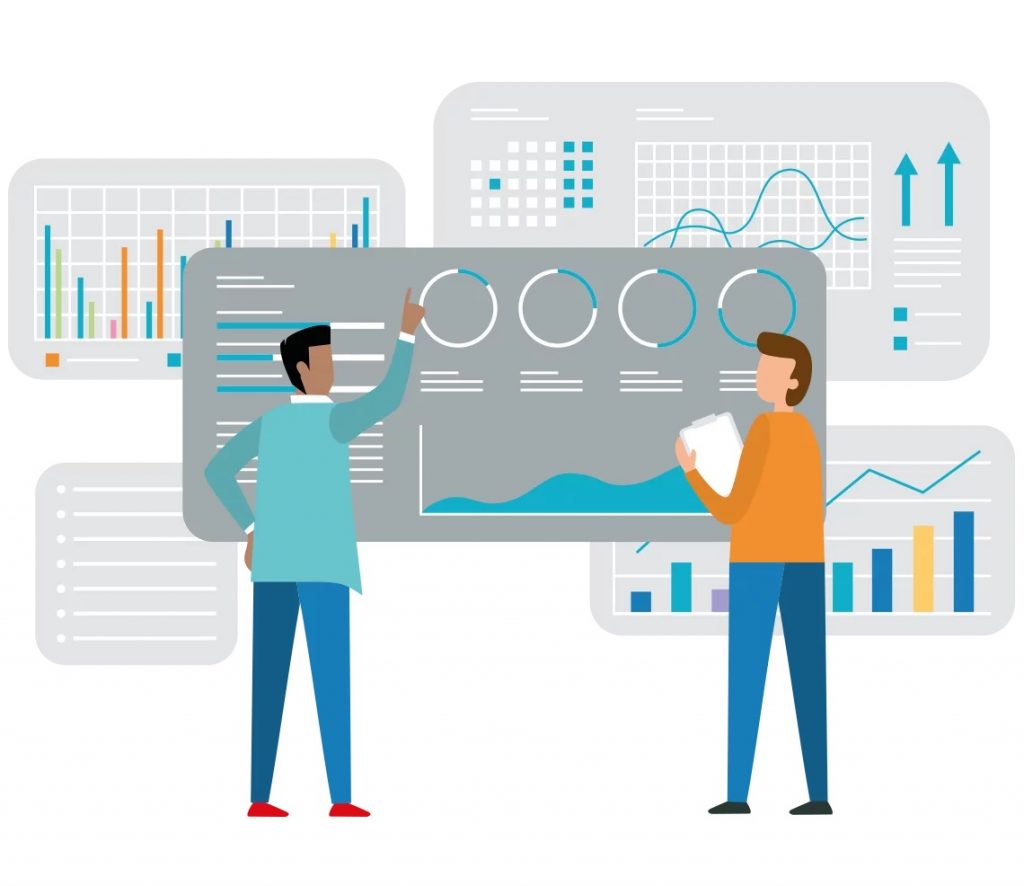
Top sales insights for the years ahead
The buyer to seller relationship has changed forever. 2020 will go down in history as the year that drastically changed the way all of us, business and consumers buy. Bricks and mortar retailing will most likely never recover the footfall they once enjoyed. In the B2B world, buying decisions and habits are being transformed as companies adjust to remote purchasing and using digital to acquire knowledge. Sales leaders and salespeople will realize that many buyers will retain these new buying habits moving forward, so sellers need to focus on a digital mindset.
Sales negotiations will be more impersonal. In the past, sales negotiations were in large, conducted person to person in a physical setting. Moving forward, the buying group will use more comparable data and use remote tools such as email and video to assemble final pricing without the final sales pitch. There will be less emotion in the buyers journey. Also, there will be less opportunities to deliver the sales experience and even fewer to negotiate the final sale. Companies need to understand how to influence buyers more during the earlier stages in the sales process and deliver more rewarding sales experiences without relying on final negotiation tactics.
The emergence of digital interaction centers. More sales insights to consider will be the need to offer competitive products wrapped up in the right sales experience. Companies will need to build systems that facilitate automated and personalized interactions between for the buyer plus digital scalability for the sales organization including artificial intelligence. Sales teams will need to be reconfigured to optimize, transform, and innovate the sales process to deliver more enriched experiences. Make no doubt about it, this is a permanent transformation of any businesses sales strategy, processes and sales resources. Welcome to the age of buyer-centric selling and digital first sales engagement with buyers.
The sales process will be buyer centric. Following on from the above sales insight, sales leaders that embrace buyer centric selling will focus on belief in the customer first, interactive buyer lead sales conversations, and genuine collaborative solutions. The buying journey is far from linear which means that sales organizations will recognize that any point along the buying journey, the buyer may decide to move forwards, step back, circle around or just abandon the journey altogether. Sales milestones, reviews and KPI’s will need to catch up. Buyer centric, consultative selling organizations who live to solve problems for their buyers will survive and thrive, the rest will struggle.
The sales experience and artificial intelligence will determine success. We know that technology that enables a better sales experience is evolving fast. Add in the real fact that buyers now spend as little as 17% of their buying journey engaging with potential suppliers when considering a purchasing process. The challenges facing companies to how to counterbalance less customer face time with an improved sales experience and a more rewarding interaction for the buyer.
AI and other sales enabling technologies will allow the salespeople to focus their time on the customers who expect it and want it. Sales leaders in conjunction with customer feedback must prioritize where AI connected selling should be utilized for both improved sales success and to reduce the not needed interaction requirements by the buyer. Research into sales insights is showing that artificial intelligence will start to eliminate salesperson guessing in the sales process including mapping exactly where the customer is on their journey and suggest the correct sales tactics.
The advent of “growth enablement”. The new business normal will force organizations to rethink their go to market sales and marketing tactics including recruitment, sales training, coaching, and empowering the entire customer focused teams. Sales, marketing, and customer service will blend in together to form a holistic growth enablement strategy. Sales management will drive growth enablement as a strategy to improve sales effectiveness, support customer acquisition and development and to grow strategic accounts, all of which hinge on helping buyers to make buying easier. Growth enablement at its heart is to help buyers navigate the cluttered world of B2B digital purchasing. It is the leaderships team to ensure that growth enablement is delivered to improve the sales experience to all customers across a multi-channel selling environment.
No more silo departments. To support growth enablement, leaders will dismantle the standard organizational structure of multiple separate teams. Sales, marketing, and any department that touches a customer will be integrated into a “buyer experience” unit. The days of internal teams with their own processes and goals will come to an end. Growth enablement success will demand that silo departments are unified so the whole buying and support experience is more fluid and seamless. Business leaders must ensure that everyone has a sense of shared mission of improving the buying experience. No more disconnected activity. Also, everyone understands how their activities impacts the entire business (not just sales) strategy. That performance measures will included how they collectively contributed to the execution of the overall strategy.
Relationship focused customer success. Another sales insights will see organizations will implement genuine relationship focused customer success programs to ensure all customers reach a high level of desired outcomes when using their product or service. This programs will include buyer involvement in the purchase decision, the mechanics of implementation and how to maximize the value of using not just the product or service but consultancy and support.
The “buyer experience” unit will ensure everyone has the ability to make customer focused (not internally focused) decisions to help every customer succeed.
The rise of ROSE – Return On Sales Experience. Cost center thinking will be replaced with return on sales experience. The focus becomes on relationship customer success to drive higher revenue growth and less reliance on outdated productivity metrics. ROSE is about implementing new policies for “the care of every buyer”. A companywide ethos that focuses all investments and decision making on improving the individual buyers and their personalized sales experience. Technological innovations are enabling the reorientation of the business models as the cost of creating personalized sales experiences continues to decline. This will create the opportunity for companies to home in on the return on sales experience and the care-of-every-buyer ethos.
The rise of the ethical salesperson. This will be driven as much by the profile of salespeople now at the forefront of delivering the sales experience. Company ethos will flourish to attract the type of buyers who value what the company stands for and the transparency of their interactions. Sales leaders will empower the sales teams to share and communicate the values of their brand above a sales transaction. The ethical salesperson will know that honesty and transparency will secure customer rather than a smash and grab sale. This transition to ethical selling is fueled by the self-educated buyer that has rising expectations about how they wish to be engaged. Where salespeople are involved with the buying experience, they will have increased importance in shaping the buyers view of the whole interaction experience and perception of company values.
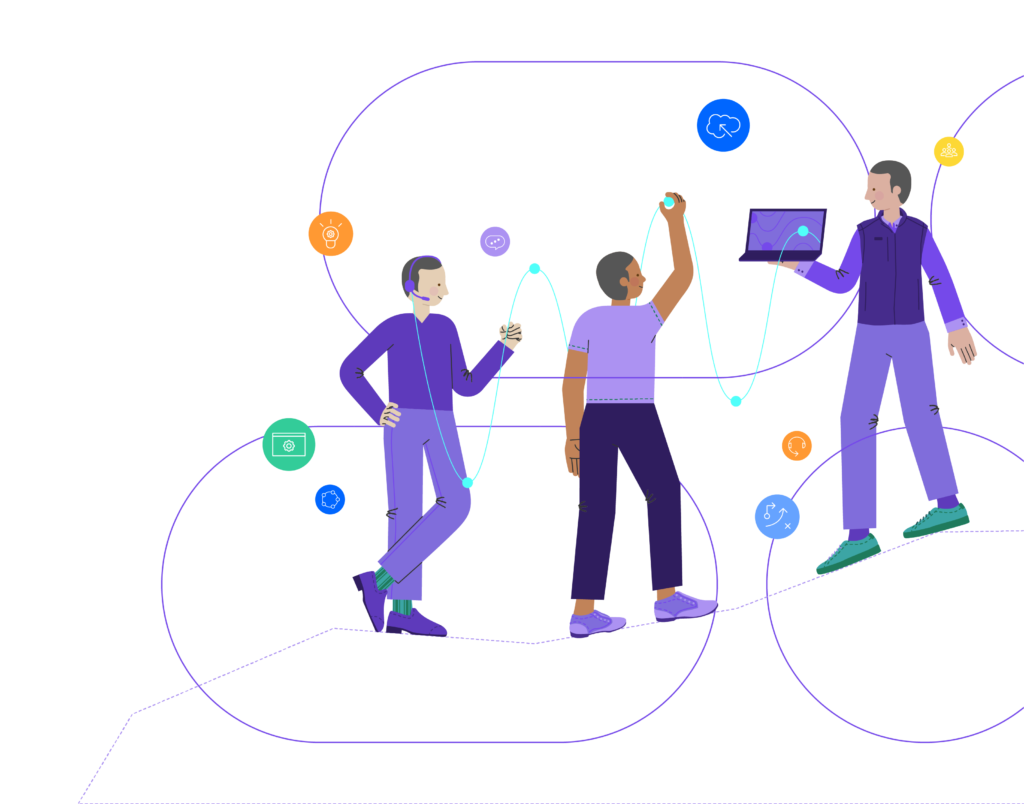
B2B Buying is Changing
Lots of studies into sales insights are revealing how the B2B buying process is changing rapidly, where the buyer is in the driving seat. As mentioned previously, many B2B buyers are being influenced by their own experience as a consumer. The B2B buyers journey is moving away from just buying products or solutions towards buying “sales experiences” that generate long lasting value for them and their company.
To capture these evolving buying preferences, sales leaders must recognize that B2B buyers are also mostly expert consumers. They care more and more about the buying experience they get exposed to when considering a purchase. So, begin by launching new efforts to understand the true customer buying processes by conducting interviews, surveys, and research. Then revisit all assumptions, operating models and plans with the purpose of bringing marketing, sales, and customer success as a “buyer experience” unit and so eliminating silos.
In the post pandemic era, proper digital mindset preparation, assessment, sales planning, sales training, growth enablement and communicating will greatly enhance an organizations chances of success. Thanks for reading these sales insights, it will be interesting to see how relevant any of the points are in 1 or 3 years down the line.

